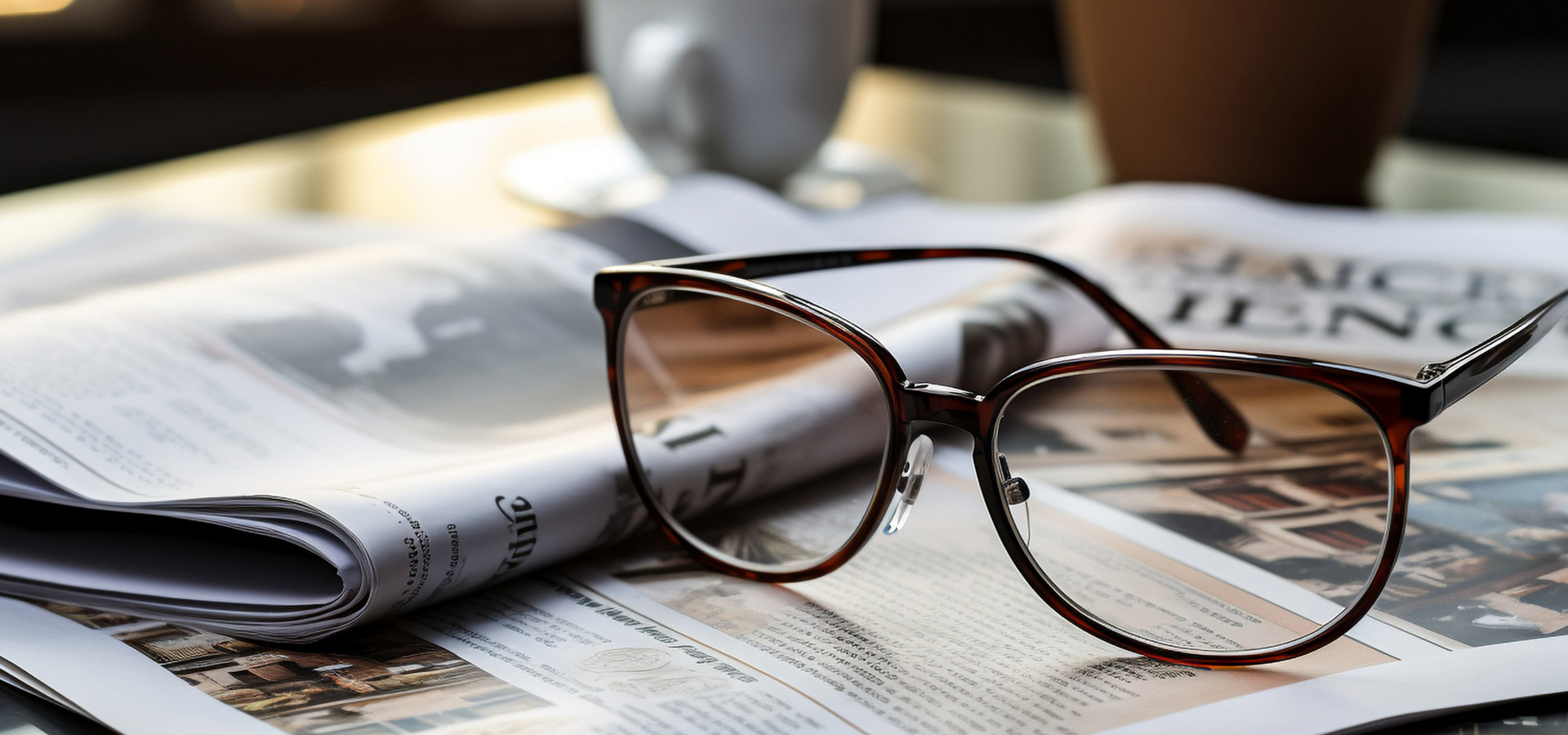
News

News
If the printing and dyeing industry needs to be treated, there will basically be more wastewater treatment here. Wastewater treatment can be carried out through recycling and reuse. If it is bleaching, relevant separation work should be done for wastewater or various chromosomal wastewater. Basically, they can be effectively separated, and the entire wastewater can be effectively reduced in discharge. Various types of liquids can provide us with better usage standards when recycling. Usually, evaporation may be used for recycling. If the final liquid volume is relatively large, various evaporation methods can be used for recycling. The overall evaporation effect is relatively good, and the usage is relatively small. Finally, thin film evaporation can be used for recycling.
Harmless treatment is also quite important. In the printing and dyeing industry, if harmless treatment is to be carried out, it is basically necessary to combine physical and chemical methods. Generally, they will use precipitation or adsorption methods for harmless physical treatment. However, if chemical methods are used for treatment, more oxidation methods should be considered.
The water consumption in the printing and dyeing industry is relatively high. Generally speaking, for every ton of textile still processed, it takes about 200 tons of water, of which 80% is wastewater that needs to be discharged. Therefore, the most common treatment methods are basically recycling and harmless use. When treating industrial wastewater, it is important to master these two treatment methods. The above is the sharing of Xianfeng Environmental Protection.